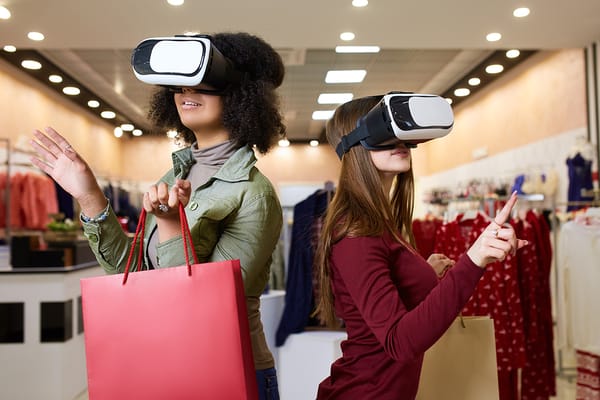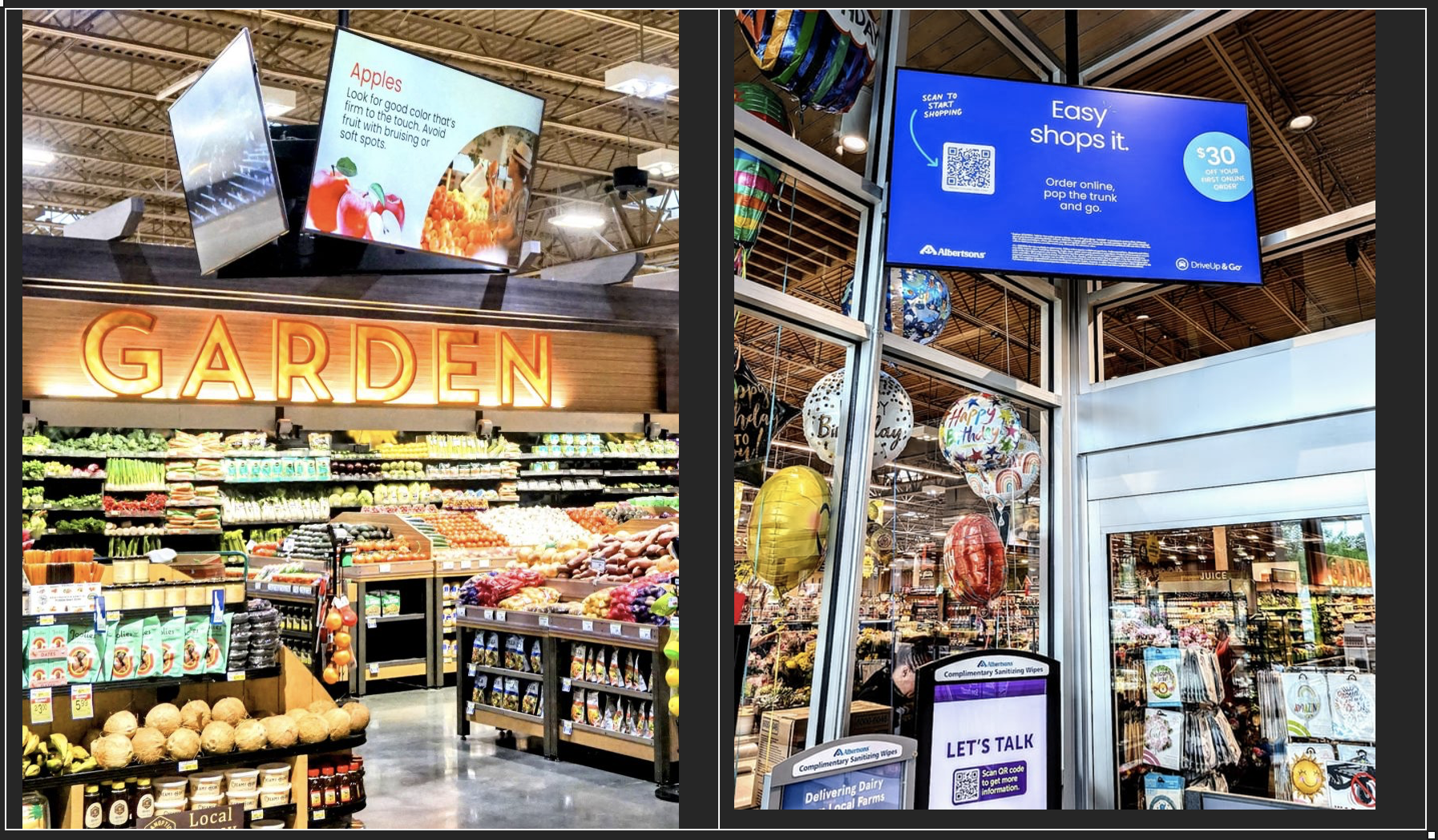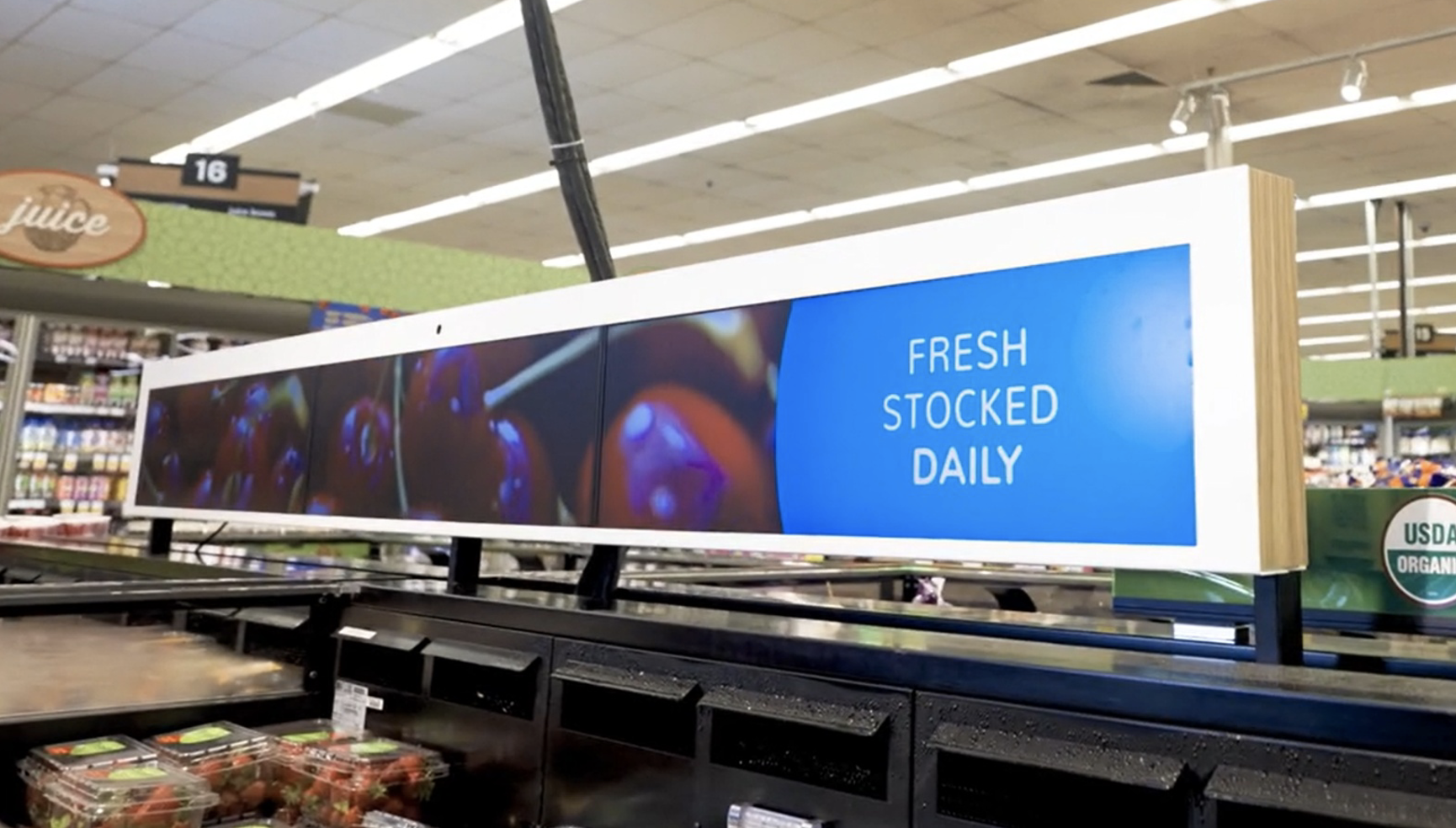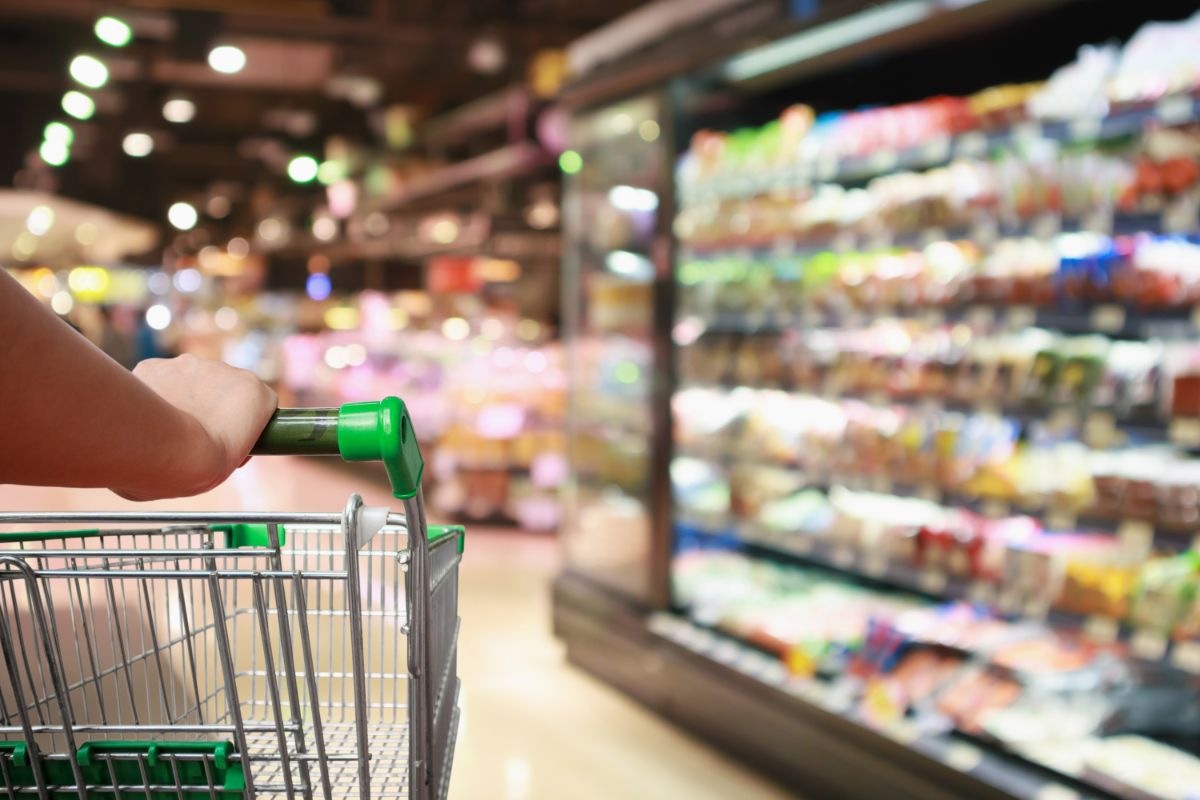Used to fast, convenient online experiences, fashion consumers are demanding efficient in-store shopping, seamless customer service and exciting real-world experiences.
According to a report from Scandit, The Future of Fashion In-Store Engagement, European retailers are responding accordingly. 93% of those surveyed say that they see experiential retail as key to securing the future of the physical store and 73% stating that their technology investments across the next 12 months will be used to provide new omnichannel experiences for customers. Planning to use technology to empower store associates to become concierge-like consultants was seen as a priority for 59% of retailers.
Already, more than two thirds (71%) of fashion retailers have invested in in-store technologies such as mobile clienteling, checkout apps, and the digital technology underpinning them. 73% can scan barcodes to provide additional product information and availability, 68% can identify customers in-store to offer a more personalised shopping experience, and 48% have a mobile point-of-sale application to help reduce queues and walkouts.
Today’s fashion consumer has high expectations for a fully connected and experience-rich shopping trip, and their top three pain points are straightforward: they are put off in-store shopping by long queues (47%), limited stock availability (43%), and store associates who can’t help to answer their questions (36%).
Delivering on customer needs via technology
In the fast-paced fashion sector, retailers must be able to integrate devices, apps and back-end systems to enable store associates in their day-to-day activities. Over half of fashion retailers (54%) say investing in digital tools and capabilities such as clienteling apps is a priority in the next 12 months, and the pay-off is clear: 84% of retailers who have deployed clienteling apps say they have seen an increase in the average order size of store transactions.
One of the industry’s biggest challenges is the ability to recruit, train and retain high quality store associates, with 48% of retailers surveyed highlighting this problem. Technology can solve some of these challenges. Store associates equipped with multi-functional clienteling apps are not only empowered from basic, time-consuming tasks but also have always-on access to critical information including stock levels, product details, customer data and cross-sell/upsell information. 53% of retailers claimed their clienteling applications boost customer loyalty, and 91% of those using mobile point-of-sale have seen reduced walkouts, increased sales and improved store associate mobility.
Samuel Mueller, CEO of Scandit, explains: “The pandemic has accelerated the rise of the savvy shopper, with the growth of online shopping, and the resounding message is clear: consumers want a connected retail experience that’s flexible and seamless at every touchpoint. Smart data capture gives fashion store associates the confidence to accurately and efficiently provide a consultative service to customers. By offering an intuitive, user-friendly experience on a smart device they can carry with them everywhere, all day, mobile solutions enabled with smart data capture technologies will quickly become second nature for customers and store associates. Technologies offering an enhanced customer experience such as personalised offers, checking stock availability or scan-and-pay present a huge opportunity to build resilience into the high street.”
Serving the needs of omnichannel shopping
When it comes to the top three most valued elements of fashion shopping in-store, the ability to touch and try on products ranks first. Secondly, consumers want to buy immediately, with no waiting or shipping costs, and thirdly they desire an innovative and experiential store environment with elements such as demonstrations, a virtual fitting room or in-store events.
Looking towards the future, a significant proportion of consumers expressed interest in a blended omnichannel in-store experience. The survey showed that 75% would use mobile apps to access personalized promotions and offers in-store, while 72% would be happy to use a mobile app to learn more about products.
The study also shows that 67% of consumers are happy to use ’scan and pay’ mobile app technologies, 46% are motivated by demonstrations, displays and events to visit a store and 25% would like to see more augmented reality experiences including product information and digital coupons.
To capitalise on these opportunities, retailers need technology solutions that fit seamlessly into their operations, are cost-effective and minimize the need for lengthy staff training. The ability to have rapid, on-the-spot access to real-time information by capturing data from barcodes, labels or shelves enables associates to help overcome some of the consumers’ biggest turnoffs.
In order to serve these new demands, more than two thirds (71%) of fashion retailers have already invested in in-store technologies such as mobile clienteling, checkout apps, and the digital technology underpinning them. 73% can scan barcodes to provide additional product information and availability, 68% can identify customers in-store to offer a more personalized shopping experience, and 48% have a mobile point-of-sale application to help reduce queues and walkouts.









